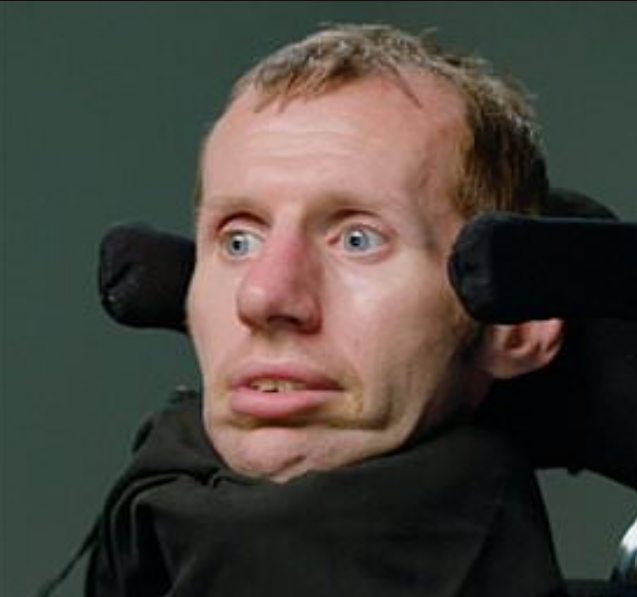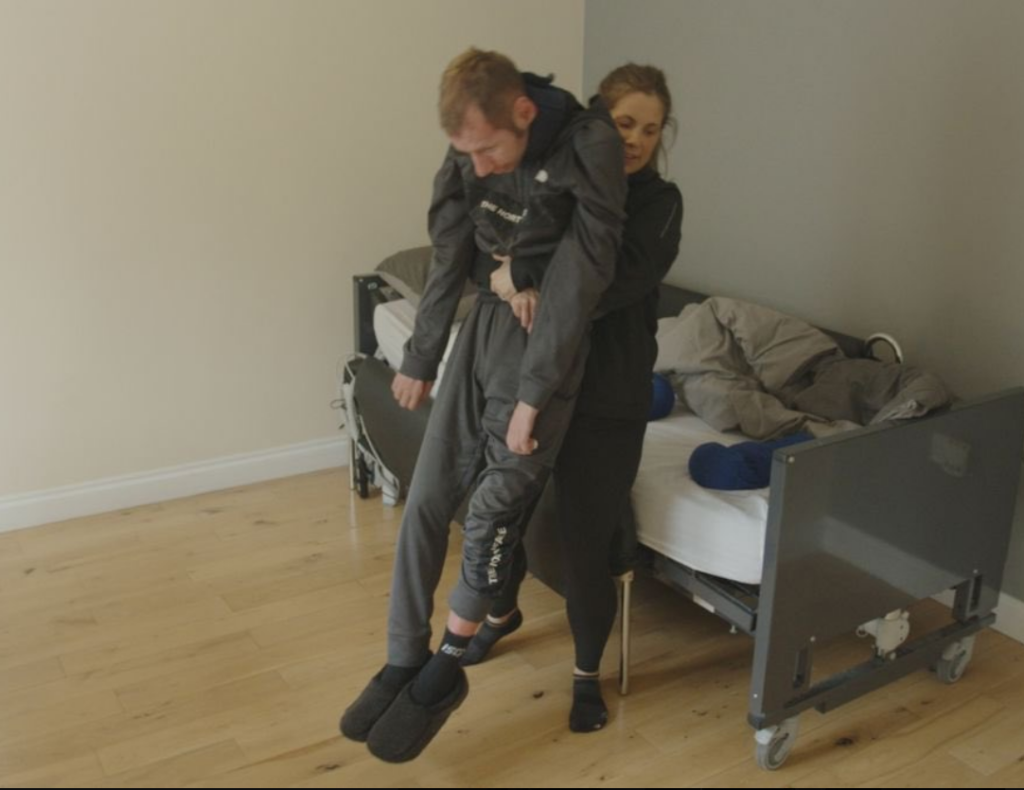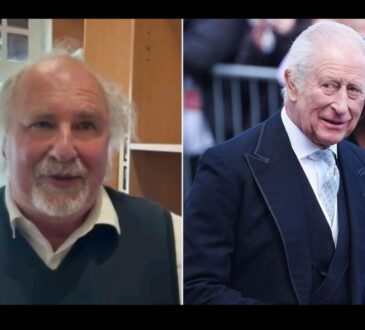Who is Rob Burrow? How did Rob Burrow had motor neurone disease? Can Rob Burrow be cure?

Who is Rob Burrow? How did Rob Burrow had motor neurone disease? Can Rob Burrow be cure?
Rob Burrow is a famous rugby player who played for the Leeds Rhinos team for 16 years. He achieved great success in the sport, winning many titles with his team. However, his life changed dramatically when he was diagnosed with motor neurone disease (MND), a condition that affects the nervous system. Now, Rob uses a wheelchair and his wife, Lindsey, takes care of him.
Recently, a special event called the Rob Burrow Leeds Marathon was held to honor him. Despite his condition, Rob completed the marathon with the help of a specially designed wheelchair. His close friend, Kevin Sinfield, a fellow rugby player, carried him across the finish line. Kevin has been raising money for MND charities in Rob’s name and has collected over £8 million.
Let’s explore more about Rob Burrow and his battle with MND:
Who is Rob Burrow?
Rob Burrow is a well-known Yorkshire rugby player who played for the Leeds Rhinos throughout his career. He was often chosen as the team’s scrum-half or hooker and played in 493 matches. Rob won numerous championships and received accolades for his outstanding performances. Despite being smaller in size compared to other players, he was highly respected in the rugby league. Rob is married to Lindsey, and they have two daughters named Macy and Maya, as well as a son named Jackson.
When was Rob Burrow diagnosed with motor neurone disease?
Rob Burrow disclosed his MND diagnosis in December 2019. MND, also known as ALS or Lou Gehrig’s disease, is a progressive condition that affects the brain and nerves. Unfortunately, there is no known cure for MND. Symptoms such as difficulty speaking, weak grip, and muscle cramps are typically observed. MND is a relatively rare condition and is rarely inherited. While it can be challenging to diagnose MND in its early stages, there are ways to manage its effects.
How has Rob Burrow’s condition progressed?
Since his diagnosis, Rob’s condition has worsened significantly. He now relies on a wheelchair for mobility, and he uses a device similar to the one used by Stephen Hawking to communicate. Despite these challenges, Rob maintains a positive outlook and considers himself relatively normal apart from a few limitations.

How has Kevin Sinfield supported Rob Burrow?
Kevin Sinfield, a fellow Leeds Rhinos legend, has been a great source of support for Rob Burrow. Kevin has undertaken various challenges and raised funds for MND charities in Rob’s honor. For instance, he ran seven ultra-marathons in seven days. Kevin admires Rob’s resilience and believes he will face this new challenge with the same determination. The Leeds Rhinos club stands united with Rob, providing full support and working together to find a way forward.
What are some early signs of motor neurone disease?
Some early signs of motor neurone disease include slurred speech, muscle weakness, difficulty swallowing, and muscle cramps. It’s important to note that these symptoms may vary from person to person.
Can motor neurone disease be cured?
Currently, there is no known cure for motor neurone disease (MND). It is a progressive condition that worsens over time. However, various treatments and strategies can help manage the symptoms and improve the quality of life for individuals with MND.
How did he Rob Burrow had the disease?
The exact cause of motor neurone disease (MND) is not known. In the case of Rob Burrow, it is unclear how he contracted the disease. According to the NHS, motor neurone disease (MND) is caused by a problem with cells in the brain and nerves called motor neurones. These motor neurones gradually stop working over time, leading to the characteristic symptoms of MND. However, the exact reason why this happens is not known. Researchers and scientists are still studying the disease to understand the underlying mechanisms and factors that contribute to the degeneration of motor neurones. It is a complex condition with multiple possible causes, and further research is needed to unravel the complete understanding of MND’s origins.




